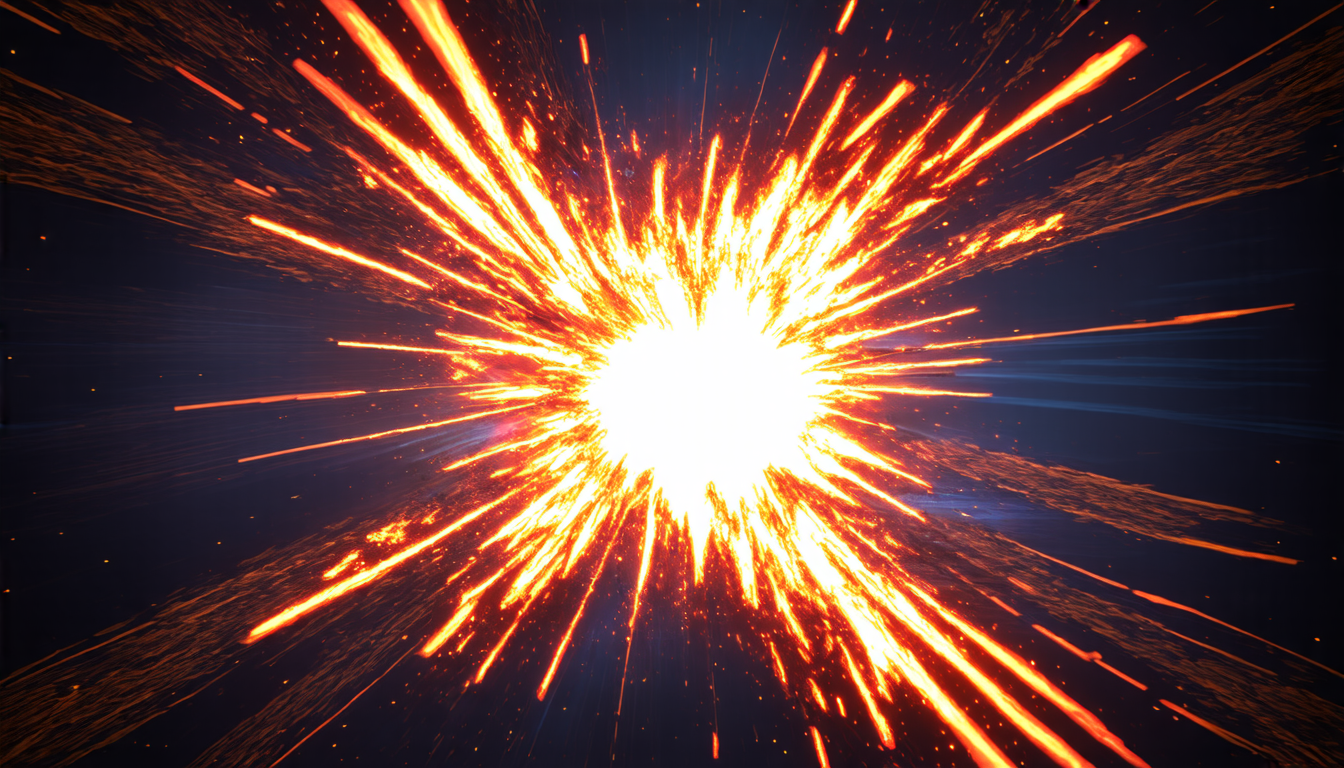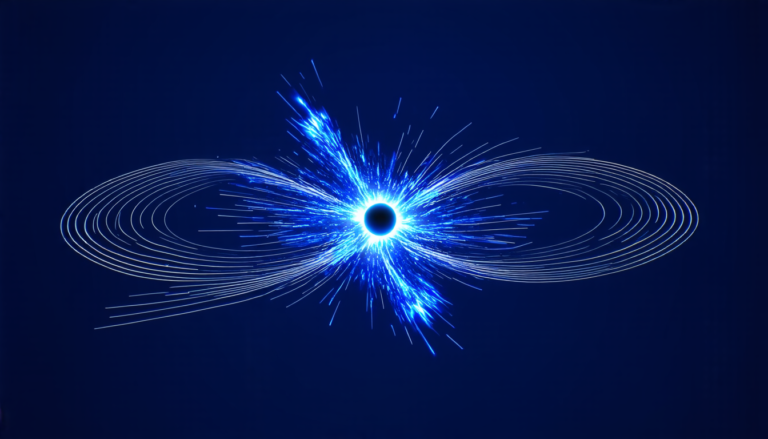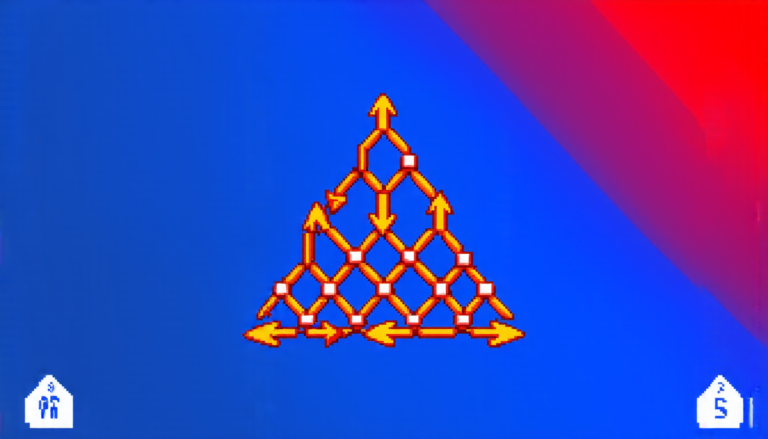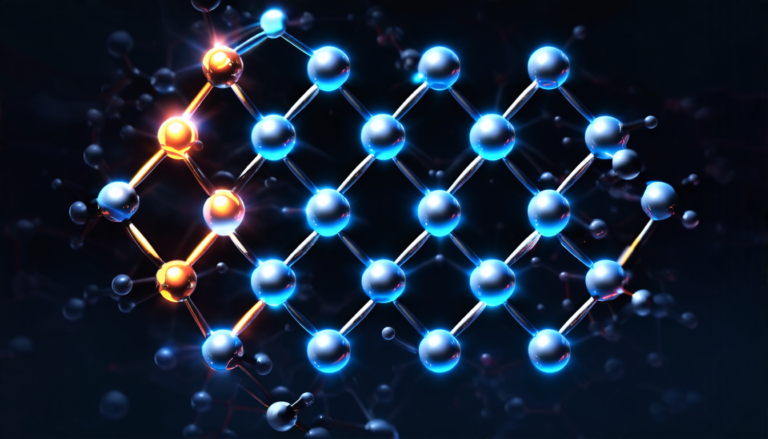Sunday 13 April 2025
In a breakthrough that could revolutionize our understanding of high-energy density plasmas, scientists have used advanced computer simulations to study the formation of magnetic fields in these extreme environments.
High-energy density plasmas are incredibly hot and dense states of matter that can be found in various astrophysical objects, such as stars, black holes, and neutron stars. They’re also created artificially in laboratory experiments using powerful lasers or particle accelerators.
In recent years, scientists have observed the formation of intense magnetic fields in these plasmas, which can play a crucial role in shaping their behavior and evolution. However, the exact mechanisms responsible for this magnetization are still not well understood.
To address this issue, researchers used a combination of advanced computer simulations and laboratory experiments to study the formation of magnetic fields in high-energy density plasmas. They found that the plasma self-magnetizes above a critical intensity threshold due to an expansion-driven Weibel instability.
The Weibel instability is a phenomenon that occurs when two colliding streams of charged particles interact with each other. In this case, the researchers found that the expansion of the plasma creates two opposing streams of electrons and ions, which then collide and generate a magnetic field.
The simulations revealed that the critical intensity threshold for magnetization is around 1013-1014 W/cm2, which is relevant to high-energy density experiments using powerful lasers or particle accelerators. The researchers also found that the Hall parameter, which describes the ratio of the magnetic field strength to the electron temperature, exceeds unity above this threshold.
The implications of these findings are significant. They suggest that magnetic fields can play a crucial role in shaping the behavior and evolution of high-energy density plasmas, which could have important implications for our understanding of astrophysical objects and laboratory experiments.
In addition, the simulations provide valuable insights into the physics of plasma magnetization, which could be used to improve our ability to simulate and predict the behavior of these complex systems. This could lead to new breakthroughs in fields such as fusion energy, plasma medicine, and advanced materials science.
Overall, this research represents a major advance in our understanding of high-energy density plasmas and their magnetic properties. It highlights the importance of advanced computer simulations in exploring the fundamental physics of these extreme environments and has significant implications for various scientific fields.
Cite this article: “Unlocking the Secrets of Laser-Driven Plasmas: A Step Closer to Fusion Energy”, The Science Archive, 2025.
Plasmas, Magnetic Fields, High-Energy Density, Astrophysics, Computer Simulations, Weibel Instability, Particle Accelerators, Lasers, Plasma Magnetization, Hall Parameter







